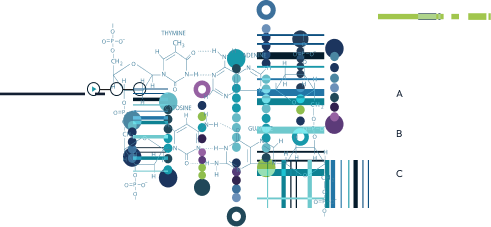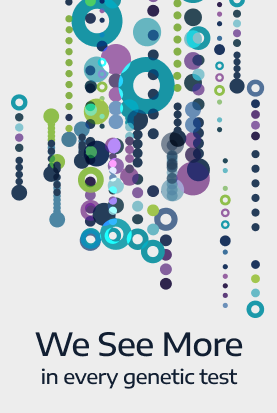News Center

Spotlight on Duchenne and Becker muscular dystrophies
- By Variantyx, Inc
- Posted in Clinical Education
Duchenne muscular dystrophy (DMD) and Becker muscular dystrophy (BMD) are related disorders that are characterized by progressive degeneration and weakening of the muscles, particularly skeletal and heart muscles.
DMD is the most common of all muscular dystrophies. When considered together, DMD and BMD affect between 1 in 3,500 and 1 in 5,000 males world wide. DMD is typically the more severe form with symptoms appearing early in childhood, with greater severity and faster progression. Onset of symptoms in BMD patients usually does not begin until late in childhood or adolescence and the symptoms are usually milder and slower to progress.
Progressive signs and symptoms of DMD and BMD can, but do not always, include:
- Late to walk as a toddler
- Difficulty climbing stairs or getting up from the floor
- Walking on toes or balls of the feet
- Enlarged calves
- Muscle weakness, often affecting the shoulder, hips and thighs first and then spreading to the arms, legs and trunk
- Heart and respiratory muscle weakness
Both disorders are caused by mutation of the dystrophin (DMD) gene which produces a protein that stabilizes and protects muscle fibers in skeletal and cardiac muscle cells. DMD mutations generally eliminate production of the dystrophin protein while BMD mutations generally produce a shortened form of the protein that is partially functional. Both disorders are inherited in an X-linked recessive manner, most often passed on to a son by a mother who is a carrier but is not herself affected. Dystrophin is a well-studied gene with thousands of characterized mutations. Mutations known to cause DMD and/or BMD range from single nucleotide changes to large deletions and duplications (del/dups) to complex rearrangements involving the dystrophin gene. Even more so than other disorders which are dominated by single nucleotide changes, greater than half of the more than 3,400 characterized mutations are del/dups or complex rearrangements, as shown in the following graph.

This distribution of mutations has implications for genetic testing. Through a combination of whole genome sequencing (WGS) and customized algorithms, the Genomic Unity® test specifically detects and analyzes not just small sequence changes, but also del/dups and complex rearrangements in one test.
Although there is no cure, advances in cardiac and respiratory care are helping to extend life expectancy for DMD patients into their early 30’s and even their 40’s and 50’s. If cardiac issues are well controlled through medical intervention, BMD patients can often live into middle to late adulthood. Early diagnosis can be critical to implementing important monitoring programs. Diagnosis also enables family members to seek connections with other families who are navigating the challenges of raising a child with muscular dystrophy and to receive genetic counseling for family planning.
References
-
HGMD Professional, version 2018.2, Qiagen
